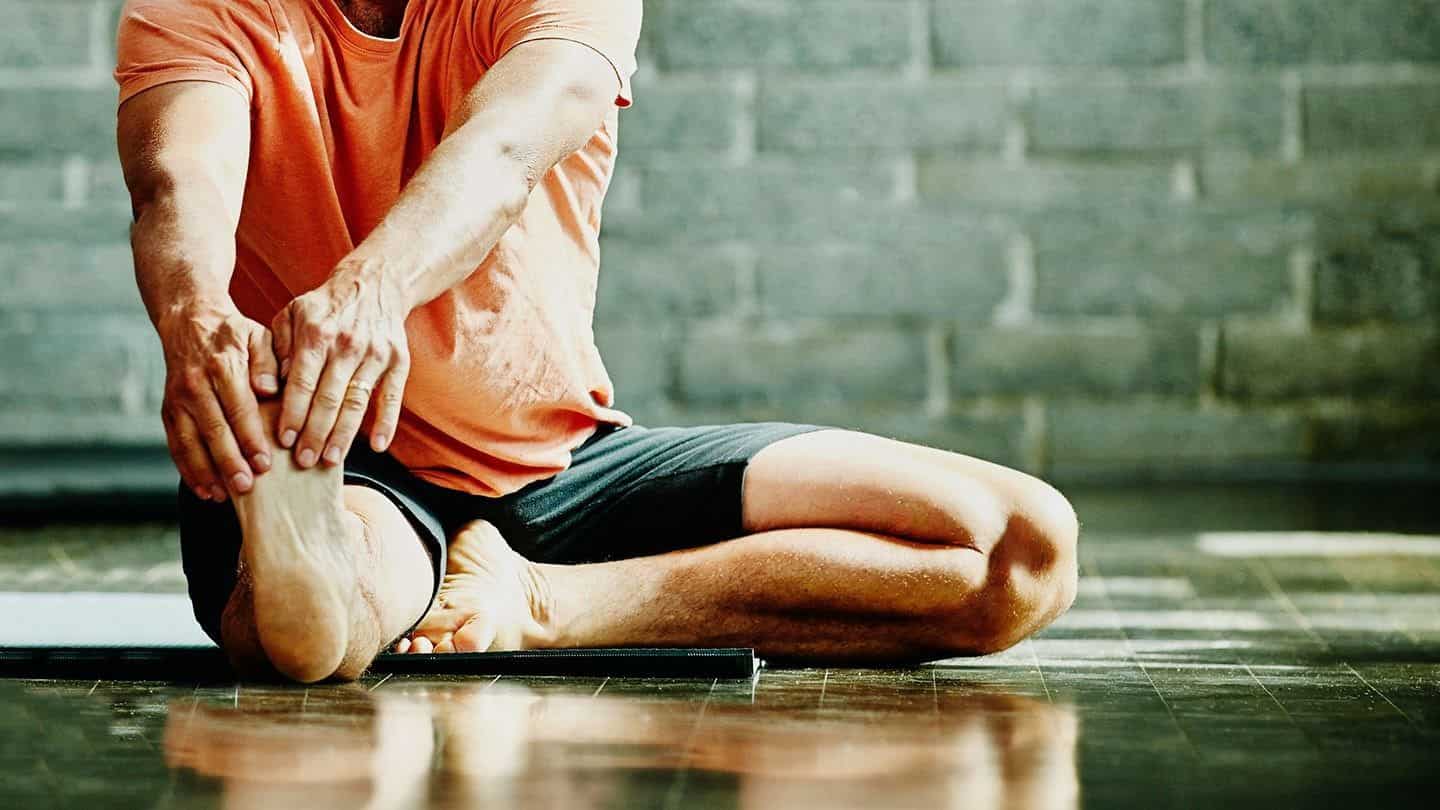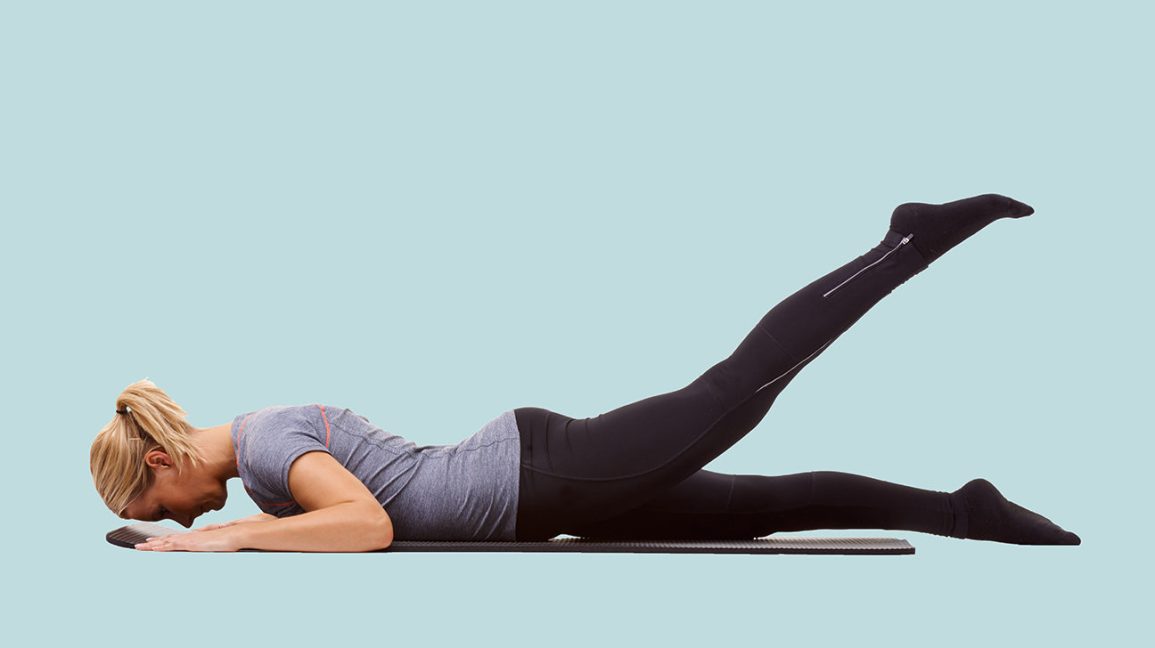SEVERE KNEE PAIN
Knee pain is the most common orthopedic condition which would require medical treatment. People feel pain behind and around the knee cap, mainly affecting activities like climbing stairs, running, squatting, and walking while carrying a heavy load.
The main symptoms people feel during knee pain are long-term pain, swelling, or sensitivity in one or both knees. The symptoms of knee pain would depend on its cause. Knee pain might be triggered due to a variety of factors, which would include knee stiffness, incorrect positioning of the knee cap even at rest or while movement, flat feet, improper exercise form, and weakness of the muscles controlling the hip and knee.
Exercise helps in reducing the pain along with improving quality of life. Exercise is accompanied with other treatments depending upon intensity, frequency and underlying medical condition triggering knee pain.

CAUSES FOR KNEE PAIN
Many people have temporary knee pain which would be the result of an injury or accident. Chronic knee pain usually goes away without treatment. It’s mainly the result of several causes or medical conditions. Knee pain could be caused by injuries, mechanical problems, arthritis and other medical problems.
- Injuries – It could affect the ligaments, tendons or fluid-filled sacs (bursae) surrounding the knee joint and the bones, cartilage and ligaments that form the joint. Some injuries like anterior cruciate ligament (ACL) tear the ligaments connecting the shinbone to thighbone; fracture; torn meniscus; knee bursitis and patellar tendonitis cause inflammation and pain in the knee as well as surrounding area.
Torn meniscus is caused by tearing or damage of the tough, rubbery cartilage which acts like a shock absorber between the shinbone and thighbone. Whereas, tendinitis is caused by inflammation of the tendons that are the thick, fibrous tissues connecting the muscles to bones. - Mechanical Problems – Some injury or degeneration of bone and cartilage could cause a piece of bone or cartilage to break off and float in the joint space causing pain. Underlying medical conditions like Iliotibial band syndrome and dislocated kneecap leads to knee pain.
- Arthritis – Knee pain could be caused by Osteoarthritis, rheumatoid arthritis, gout, pseudogout and septic arthritis cause inflammation in the knee by extensive damage to the knee cartilage.
Other factors like excess weight, lack of muscle strength or flexibility, sport injury or repetitive stress could also cause knee pain. Not every knee pain is serious however; knee injuries and medical conditions like osteoarthritis might lead to increasing pain, joint damage and disability if not treated on time.
Sometimes in case of hip or foot pain the way of walking spares the painful joint. This altered gait could place stress on the knee joint and cause knee pain.
SYMPTOMS OF KNEE PAIN
The symptom of chronic and acute knee pain would differ from person to person. People with knee pain constantly ache, sharp, shooting pain while in use and dull burning discomfort in the knee.
- Swelling and stiffness in the knee and surrounding area
- Redness and warmth on the touch
- Weakness or instability
- Popping or crunching noises while moving the knee
- Inability to fully straighten the knee

EXERCISES FOR KNEE PAIN
The knee pain caused due to an injury, surgery or arthritis, is usually treated with gentle stretching and strengthening exercises that may help ease the pain and also improve the flexibility and range of motion. Gentle stretching and strengthening exercises would strengthen the muscles supporting the knee joint. Stronger muscles help in reducing the impact and stress on the knee, and help the knee joint move easily.
STRETCHING EXERCISE –
Lower body stretching exercises would help in improving the range of motion and flexibility in the knee joint as well as making it easier to move the knee.
- Heel and calf stretch – The stretch would target the muscles in the lower leg, specifically the calf muscles. These would help reduce knee pain as well as improve flexibility. It involves placing the hands on the wall and moving one of the feet back comfortably. Toes on both feet facing forward, heels flat, and slightly bending your knees to lean until you feel the stretch.
- Quadriceps stretch – This stretch targets the quadriceps and the muscles at the front of the thighs. This exercise would help improve the flexibility in the hip flexors and quadricep muscles to ease off the pain in the knee.
- Hamstring stretch – This stretch targets the hamstring which is the muscles in the back of the thigh. The stretch is felt in the back of the leg and up to the base of the glutes. Flexing the foot helps feel the stretch in the calves.

STRENGTHENING EXERCISES
This would help reduce the stress on the knee joint by regularly working the muscles around the knee. To help strengthen the knees it is important to focus on moves that work the hamstrings, quadriceps, glutes, and hip muscles.
- Half squat – This is an important exercise to strengthen the quadriceps, glutes, and hamstrings even without straining the knees. You would be required to stand in a squat position with the feet shoulder-width apart and placing the hands on the hips or out in front of the balance and slowly squat.
- Calf raises – This exercise would strengthen the back of the lower legs that includes the calf muscles.
- Hamstring curl – The standing hamstring curl exercise targets the hamstrings and glutes. This would require core strength to maintain the upper body and hips steady.
- Leg extensions – This requires using the body weight, in place of a weighted machine for strengthening the quadriceps. This would help maintain the added pressure off the knees.
- Straight leg raises – The straight leg raise exercise helps strengthen the quadriceps and hip flexor muscles. Flexing the foot at the end of the move, until the shin feels tight. To make the exercise easier adding a 5-pound ankle weight and gradually working up to a heavier weight helps in building strength in the legs.
- Side leg-raises – This exercise works on the hip abductor muscles and the glutes. The hip abductor muscles are located on the outside of the hips and help in standing, walking, and rotating the legs with ease. Strengthening these muscles would help prevent and reduce the pain in hips and knees. To make the exercise easier to do you could add a 5-pound ankle weight and gradually increase to a heavier weight and build strength in the leg muscles.
- Prone leg-raises – This exercise focuses on the hamstrings and the glutes. Adding a 5-pound ankle weight makes the exercise easier and gradually increasing to heavier weight helps build strength in the legs muscles.
Other types of low-impact exercises like yoga, tai chi, elliptical machines, swimming, stationary cycling, water aerobics and walking exerts less stress on the joints than high-impact exercises, such as running or jumping. It is not always important to join a gym or the pavement for good exercise. Activities around your home like working in the yard would help the muscles from stiffening.
OUTLOOK
Relief from knee pain mainly depends on its cause or issue which makes it easier to carry on daily activities. Carrying excess weight exerts extra stress on the knees leading to osteoarthritis. Exercising regularly would ease off the pain, decrease stiffening and prevent knee pain in future.
If you or anyone you know is suffering from severe knee pain, our expert providers at Specialty Care Clinics will take care of your health and help you recover.
Call us on (469) 545-9983 to book an appointment with our specialists.
